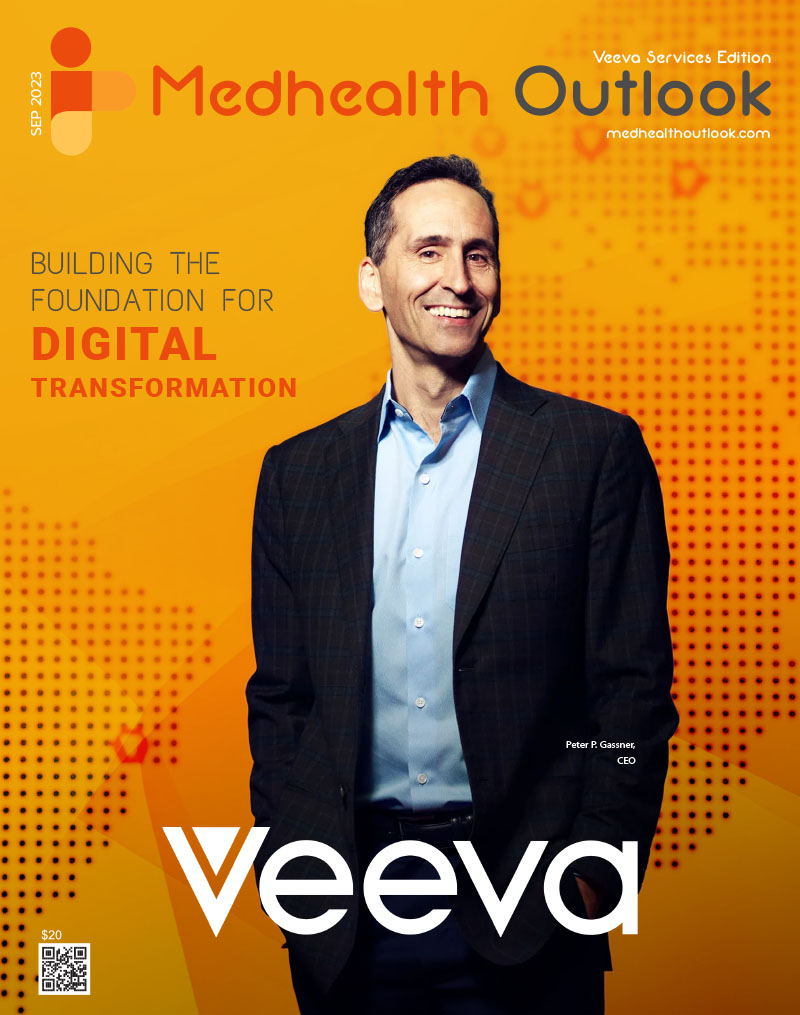pulseData - AI Technology Driven by Clinical Specificity and Actionability
Kidney disease is one of the most pervasive and complex challenges facing the healthcare industry today. Nearly 38 million people in the United States have kidney disease, and renal failure remains a leading cause of death – despite the fact that renal failure is often preventable when diagnosed and treated early.
The expeditious detection and treatment of chronic kidney disease becomes a next-to-impossible task in the face of noisy data, competing chronic conditions, complex socioeconomic and environmental factors, and a strained healthcare system. However, with innovative new technologies like pulseData, health plans and providers can identify and treat at-risk members earlier, slowing and even preventing the progression of kidney disease.
After living through the devastating impacts of chronic kidney disease within their immediate families, Co-Founders Hai Po Sun and Teddy Cha started pulseData with the belief that they could change how healthcare was delivered to patients suffering from kidney disease. Their mission is to empower physicians, care managers and patients with proactive opportunities through a deeper understanding of chronic disease. pulseData specializes in machine learning (AI) technology that assesses renal risk in patients and leverages healthcare data to provide a patient-specific care pathway, and their models have received the US patent for predicting renal function decline. Their emphasis on preventative care, early detection, and action-oriented risk stratification signals a shift in the way chronic disease management is practiced within the fee-for-service healthcare model.
A Wall Street veteran of 15 years who built powerful algorithms and successful trading teams, Sun sees the healthcare industry as a logical space for the rise of machine learning models and algorithms. “Healthcare data is far more stable than financial data, and the stakeholders are often driven by the desire to improve lives,” he explains. “It is only a matter of time before we are able to harness the power of ML and AI to make healthcare better, cheaper, and more accessible.”
Through data, pulseData aims to predict the future. “We knew we could build the tools to tell you who’s going to suffer a bad event at a very particular moment in time, and that seemed to us all the inspiration we needed,” says Hai Po Sun, co-Founder and CTO, talking about how pulseData came to be.
Within the rising tide of machine-learning insights and value-based programs, pulseData has carved out a space for itself in the healthcare technology domain through a unique focus on clinical specificity and actionability. “The idea that technology and machine learning can improve patient care isn’t novel, but affecting real change isn’t that simple,” says Sun.
What sets pulseData apart from standard risk calculations is their commitment to patient care that moves beyond early identification; identifying a patient as “high risk” only goes so far without accompanying action. pulseData’s models are built to surface key signals and patient-level insights, integrating into existing workflows and providing clinicians with concrete next steps to foster a sustainable efficiency.
Describing the principles that helped to shape pulseData’s patented Kidney Replacement Therapy (KRT) workflow, Sun explains, “Let’s say I predict that you are going to experience kidney failure and require dialysis in the next twelve months. This tells us that you need ESRD and modality education. You need to be referred for arterial mapping and for an AVF implantation. Specific next steps.” The predictions that pulseData’s AI provides are pinpointed, arming care managers with usable data, strengthening their reach and capabilities with alignment and focus on those most in need. Targeting the right patient at the right time can reduce the burden on care managers who are often, despite volumes of data available, talking to the wrong people.
The confluence of machine-learning technology, patient-centered care, and actionability can impact the way care is delivered beyond the realm of kidney disease. Leveraging powerful AI to drive real-life clinical interventions can reduce chronic disease burden across populations, increase health equity, and meliorate/enhance quality of life for/ more people’s day-to-day lives. Patients living with one chronic disease face a higher instance of concurrent comorbidities. Disease does not happen in isolation, and by stratifying patients based on their key drivers of risk, patient health as a whole improves.
Driving risk predictions through machine learning models can also impact health equity and fairness ratios across the patient care spectrum. Typically, standard risk algorithms are rooted in measuring healthcare costs – often characterized by high utilization – which can be spread disproportionately across different populations. Relying on machine learning models capable of finding patterns across multiple data sources and consciously evaluated across differentiated population subsegments helps minimize bias in patient care.
pulseData continues to adapt and train risk models to help drive clinical interventions related to congestive heart failure, behavioral health admissions, palliative care decisions, and patient engagement. “The human body is a holistic system,” says Sun. “We are continuing to climb that asymptotic curve toward perfection, transferring our learnings and models to other disease states and costly outcomes.”
“Ultimately, the most important factor in all of this is not the data. It’s not the tech, it’s not the health insurance company, and it’s not even a doctor. It is the patient or person who now has some preventable suffering, right? To prevent suffering – that’s an amazing opportunity,” says Sun, further emphasizing the commitment pulseData is making to the future of strategized and personalized healthcare.






